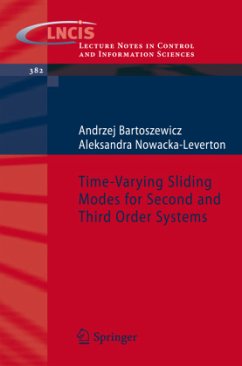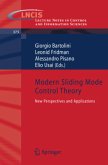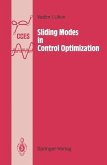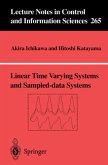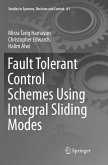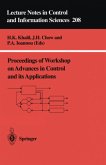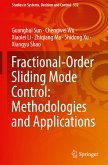A principal objective of control engineering is to design control systems which are robust with respect to external disturbances and modelling uncertainty. This objective may be well achieved using the sliding mode technique - which is the main subject of this monograph. More precisely, "Time-Varying Sliding Modes for Second and Third Order Systems" focuses on only one, but very important aspect of the sliding mode system design, i.e. the problem of the sliding plane selection. In this self-contained monograph, the main notions and concepts used in the field of variable structure systems and sliding mode control are presented before in the main part the issue of the switching surface design is discussed. This is done by considering two standard plants, which are very often encountered in the control engineering practice: the second and the third order nonlinear and possibly time-varying systems.
From the reviews:
"This monograph discusses the design of switching lines (or surfaces) for sliding-mode control of systems ... . All derivations are carried out explicitly, arriving at analytical formulas and graphs, which may make the book most useful for engineers and students in the control design community who want to see the derivation behind classical control design principles." (Jan Sieber, Zentralblatt MATH, Vol. 1192, 2010)
"This monograph discusses the design of switching lines (or surfaces) for sliding-mode control of systems ... . All derivations are carried out explicitly, arriving at analytical formulas and graphs, which may make the book most useful for engineers and students in the control design community who want to see the derivation behind classical control design principles." (Jan Sieber, Zentralblatt MATH, Vol. 1192, 2010)

